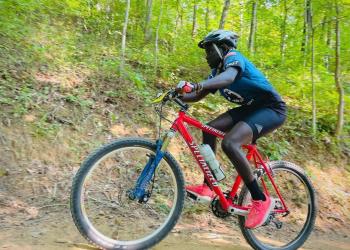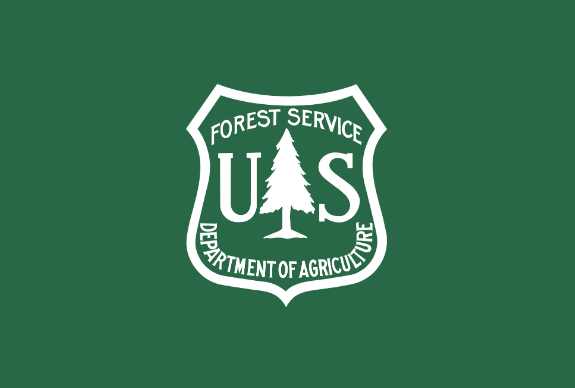Visit Your Forest
Only a few miles from the Inland Empire, the High Desert and Coachella Valley, we are located in both San Bernardino and Riverside Counties. Hike, bike, camp, snowshoe, drive your OHV or check out the streams, creeks and waterfalls—get out here. You’ll enjoy it.
Recreation Opportunities
Bicycling, Camping, Picnicking, Fishing, Hiking, Horse Riding, Hunting, Nature Viewing, OHV Riding
Biking

The San Bernardino National Forest has trails managed for mountain bikes…
Hiking

There are approximately 300+ miles of trails open to hiking and backpacking on the San Bernardino National Forest. The Forest has options for all types of…
Horse Riding and Camping

The San Bernardino National Forest has 100+ miles of horse trails available to ride. Each of the trail systems allows for camping and some have specific camping…







